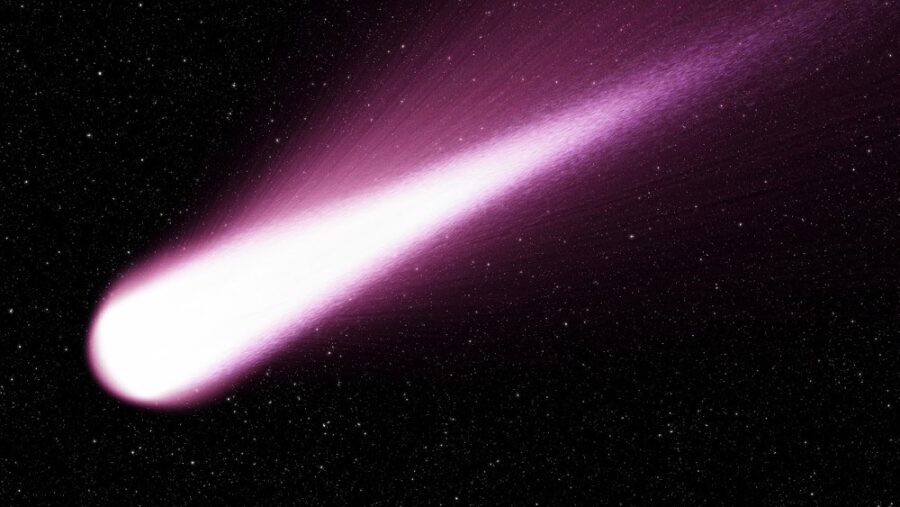Watch The Sun Destroy The Comet That Dared To Close

Posted by Brian Myers | Published
A newly discovered comet that scientists and novice astronomers hoped would be visible on Halloween was on its closest approach to the sun. As the rocky mass drifted through the solar system, the watchful eyes of the European Space Agency and NASA astronomers and physicists tracked its trajectory with the help of a telescope. The comet’s final moments were caught on film as it exploded into tiny fragments after disappearing from the sun’s heat.
A comet
Both space agencies have been tracking Comet C/2024 S1 (nicknamed ATLAS) for weeks and were hoping it would survive its orbit, the closest part of its orbit to the sun. The comet was predicted to roam the night sky on the Halloween holiday and remain visible for several nights. But as images taken by NASA and the European Space Agency’s Solar and Heliospheric Observatory will show, the approach has turned the comet into dust.
Scientists knew days before the comet’s disappearance that it was doomed. Karl Battams, who works as the principal investigator of the LASCO instrument suite at the observatory noted that “it was almost a pile of debris when it entered the (telescope)’s field of view.” Disappointment for stargazers for sure, who were hoping for a glimpse of the closest comet to Earth.
Found in Previous Weeks

The comet was first detected on September 27 by the Asteroid Terrestrial-impact Last Alert System, a Hawaii-based program that tracks objects that may be on a collision course with Earth. After reading it, it was predicted that there would be a “spectacular display in the night sky” on Halloween weekend. As it turned out, not even the long, shiny tail was visible to the audience.
There have been cases of comets dancing very close to the sun but coming out in the open and surviving a close orbit. Comet C/2023 A3, an icy meteorite from the Oort Cloud, was first observed in January 2023 by researchers at China’s Tsuchinshan Observatory. This comet survived its perihelion and was so close to Earth that it could not be seen with the naked eye.
Kreutz Sungrazers

Comet ATLAS is divided into a group that astronomers call Kreutz sungrazers. These comets have very close orbits to the stars they orbit, which often leads to their almost inevitable destruction. This class was named after the famous astronomer Heinrich Kreutz, the first scientist to observe this feature.
Comet ATLAS and other Kreutz sungrazers are believed to have all come from a large comet that broke up years ago. Apart from their purpose of killing themselves with the sun, these comets are also smaller than most other comets that astronomers see.
Adding to the disappointment of the ATLAS comet’s disintegration is that it would have been a spectacular sight to observe with the naked eye. Astronomers estimated that its magnitude would be -7, brighter than the planet Venus, whose magnitude is -4.6.
Source link



